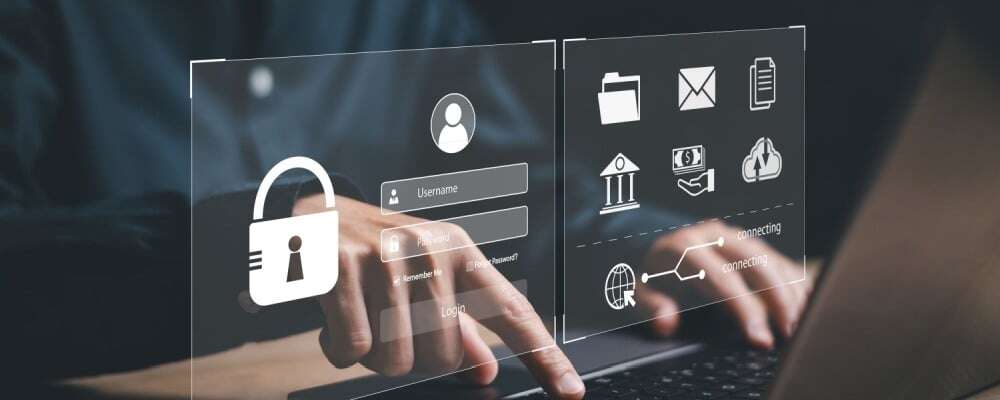Property Management
Maintenance is a key part of successful property management. Whether managing apartment buildings or upscale commercial spaces, keeping a property in great shape is important. This helps attract and keep good tenants, lowers vacancy rates, and supports long-term financial health.
At the heart of this operational strategy is maintenance tracking. Maintenance tracking helps property managers identify recurring issues, streamline the repair process, and predict future maintenance needs. When done effectively, it protects the property’s structural integrity and enhances its long-term value and reputation in the market.
Beyond Reactive Maintenance: A Proactive Approach
While reactive maintenance—addressing problems after they arise—has traditionally been the norm, it is often a short-sighted and expensive approach. This method tends to result in higher costs, extended downtime, and frustrated tenants who expect swift action when issues arise. Waiting for systems or structural elements to fail can lead to larger, more costly repairs, disruptions to tenant services, and possible damage to the property’s reputation.
Instead, consider a forward-thinking strategy by implementing preventive maintenance practices. This helps property managers foresee potential issues, address them before they become serious, and reduce the chances of emergency repairs.
Preventive maintenance could involve regularly scheduled HVAC inspections, routine checks of plumbing systems, or seasonal landscaping tasks. By taking a proactive approach, property managers reduce the likelihood of major repairs and extend the lifespan of critical property systems, saving both time and money in the long run.
The Role of Technology in Modern Maintenance Tracking
The advent of cutting-edge property management software has dramatically shifted how maintenance tracking is handled. Gone are the days of paper-based systems and manual tracking, which were prone to inefficiencies and errors. Modern technology has introduced automation, mobility, and data integration, providing property managers powerful tools to streamline maintenance workflows and increase efficiency.
Some of the key features of modern maintenance tracking software include:
- Real-time Work Order Management: Modern systems allow property managers to create, assign, and monitor work orders in real time. This ensures that maintenance tasks are completed promptly and everything runs smoothly. It also allows for better coordination among maintenance teams, contractors, and property managers, reducing downtime and improving operational efficiency.
- Mobile Accessibility: Maintenance staff no longer rely on office-based systems to stay informed. With mobile applications, they can receive work orders, update job statuses, and access property information directly from the field. This on-the-go accessibility significantly speeds up maintenance and ensures faster responses to urgent requests.
- Integration with Other Systems: Modern cloud-based property management software integrates with other proptech tools, such as accounting, tenant management, and leasing platforms. This interconnected ecosystem makes it easy to track costs, allocate budgets, and even bill tenants for specific maintenance services when appropriate.
- Data Analytics and Reporting: Data is one of the most valuable resources in property management today. Maintenance tracking software offers robust analytics that allows property managers to identify trends, assess performance, and optimize costs. By analyzing data on repairs, labor, and materials, managers can make more informed decisions and plan for the future.
The Impact of Maintenance Tracking on Property Value
Properties that are consistently well-maintained tend to appreciate more over time, whereas those neglected may suffer depreciation and face costly overhauls. Regular, proactive maintenance protects the structural integrity of the building, preserves key systems, and ensures compliance with safety regulations, all of which contribute to a higher market valuation.
Furthermore, properties with a track record of diligent maintenance tend to attract higher-quality tenants willing to pay premium rents. These tenants see value in living or working in well-cared-for spaces, and they often stay longer, reducing turnover and vacancy rates. If the property is on the market, its maintenance history can become a powerful selling point, increasing its attractiveness to potential buyers and investors.
Beyond Maintenance: Enhancing Tenant Experience
While the primary purpose of maintenance tracking is to preserve a property's physical condition, it also plays an integral role in shaping the tenant experience. Tenants expect a certain level of service when renting a property, and swift, professional responses to maintenance requests are at the top of that list. Delayed responses or poorly executed repairs can lead to tenant dissatisfaction, resulting in increased complaints, negative reviews, and higher turnover rates.
On the other hand, well-oiled maintenance management software can foster positive relationships between tenants and property managers. By addressing maintenance issues promptly and efficiently, property managers signal that they care about their tenants' well-being, leading to greater satisfaction and, ultimately, tenant loyalty. Additionally, a positive tenant experience benefits retention and can result in organic referrals, enhancing the property’s reputation and desirability.
Interested in learning more about how ExactEstate’s property management software can help you manage your properties effectively with work orders set up to your specifications?
Schedule a demo to learn more.





